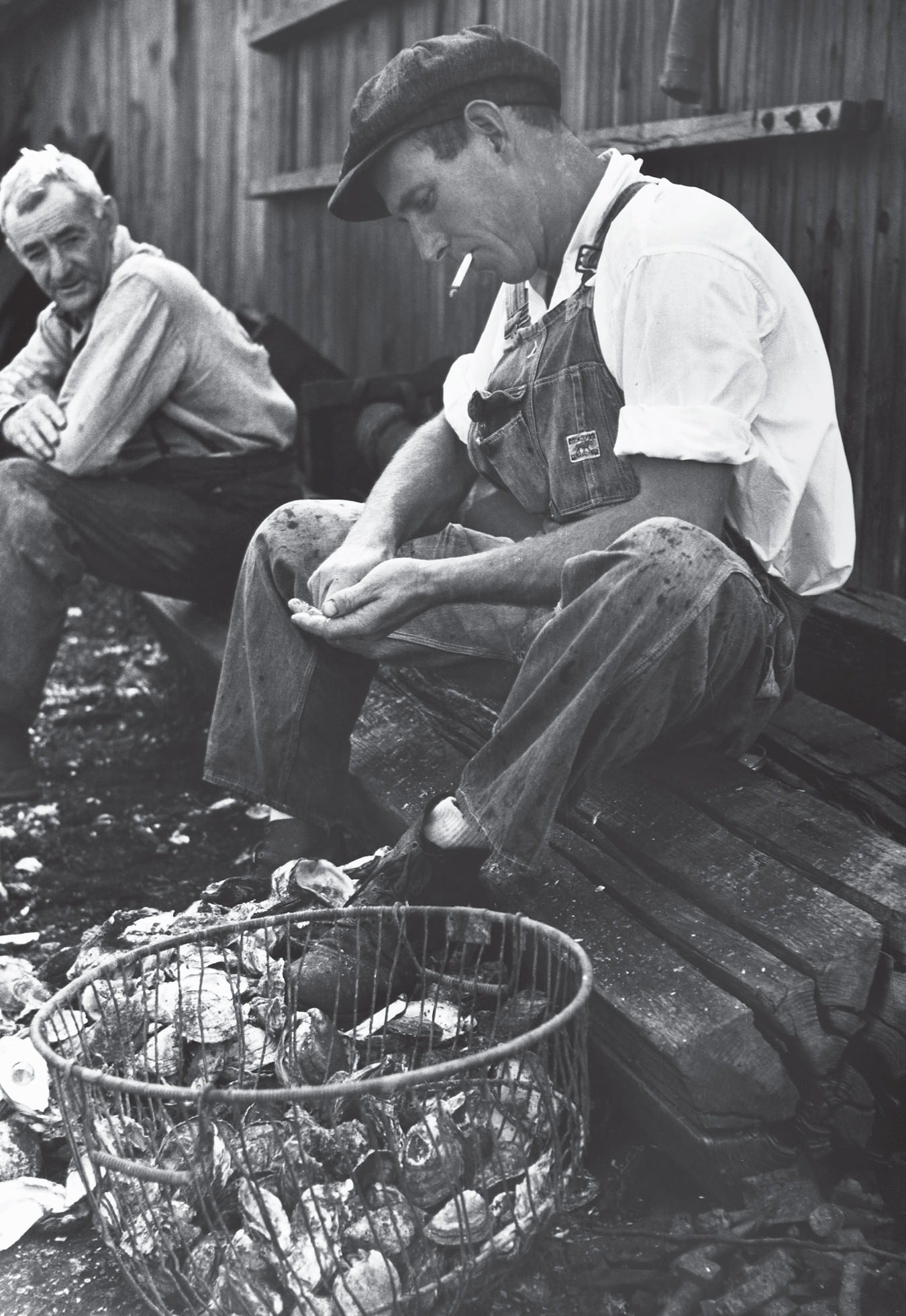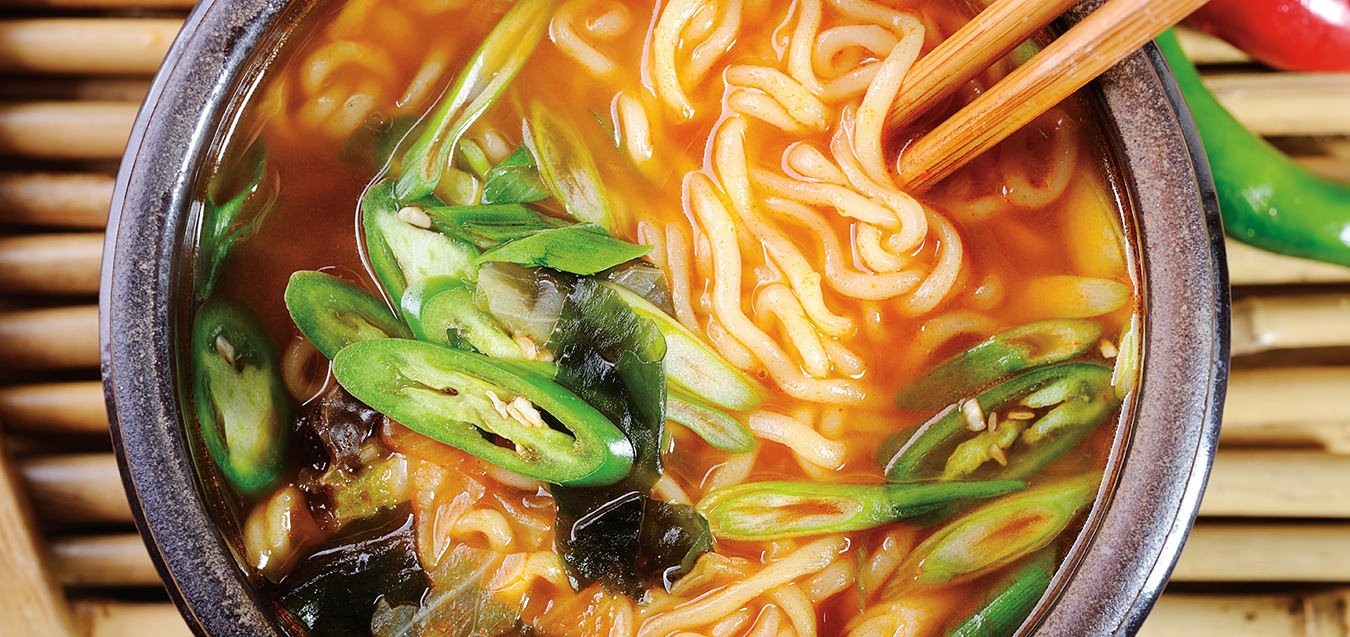Malpeque Oysters
Shucking and snacking.

Every September in the city of Charlottetown, seafood lovers, local fishermen, international chefs and champion oyster shuckers converge on the waterfront to take part in a three-day extravaganza. The Prince Edward Island International Shellfish Festival is the big draw, and an excellent excuse to explore the island and over-indulge in the province’s sexiest export: oysters.
John Bil is an organizer of and competitor in the festival, as well as a three-time Canadian oyster-shucking champion. I catch up with the oyster expert, a shucking veteran of almost 15 years, in a tent where he will soon be conducting a shucking demonstration.
“Prince Edward Island fishermen have been hand-tonging [harvesting using a long rake-like tool] oysters for hundreds of years,” says Bil. “About 30 years ago, PEI oysters were branded Malpeque. They’re considered a premium boutique oyster because PEI exports approximately 40 million per year, whereas countries like France might produce closer to 800 million.” Even before they were officially named, PEI oysters were international favourites. More than a century ago, they were named the World’s Best Oyster at the Paris Exhibition in 1900.
Oysters fall into four flavour profiles, which are influenced by factors such as climate, rainfall, altitude, water temperature and saltiness. A creamy, avocado taste is common to West Coast oysters; European flat oysters have an intense, tannic taste with hints of citrus and copper; French and Portuguese oysters also have an avocado flavour but are very briny; and the Malpeque, raised in cooler waters, is milder, with delicately balanced sweet and salty flavours.
Bil holds an oyster on a folded towel and inserts a knife into the shell. It pops open with a quick twist, and the knife glides along inside the top half of the shell, slicing the flesh. He lifts the lid to reveal a clean, glistening oyster. “The oyster should be perfectly opened,” he explains. “It must be very clean inside, with natural, clear sea water. The meat should be opaque.” He takes great pride in the oyster tradition and passionately believes that sourcing and preparation are the crucial ingredients in a high-quality oyster-eating experience. When sucking back oysters in restaurants for several bucks a shell, excellent quality and the opportunity to watch the shucking right before your eyes are expected elements.
We add a shot of chili-lime hot sauce, and in seconds we’re ready to enjoy it. Oysters are one of the only live foods we eat, and the passion, skill and care that go into the preparation and presentation is somehow very appropriate. It’s all part of the seduction.
Yet despite their glamorous image, Malpeque oysters have rather humble beginnings in the shallow riverbeds and coves of PEI. The journey from the cool ocean waters to the oyster bar’s bed of ice takes some seven years for the Malpeque. (This is significantly longer than that of New England oysters, which live in warmer waters and mature in half the time; and West Coast oysters, which take only about a year to reach the same size.)
At the Claddagh Oyster House in downtown Charlottetown, a selection of pristine Malpeque oysters is served with hot sauces and lemon wedges. Liam Dolan, the restaurant’s Irish-born owner and one of the founders of the Shellfish Festival, enjoys them with a pint of Guinness, but he happily serves me a sauvignon blanc that complements the Malpeque’s signature sweet finish.
The oyster bar at Charlottetown’s waterfront Flex Mussels restaurant is managed by foodie and competitive shucker Robert Pendergast. He offers up another bounty of oysters with an elegant and unusual selection of handmade sauces. Favourites include the blueberry mignonette, a classic shallot-vinegar sauce with locally grown blueberries; wasabi cream, made with local sour cream; and the Beach Blaze, a spicy, yellow, Caribbean-style sauce.
James Power of Raspberry Point Oysters harvests oysters that are among the best and are enjoyed internationally. He takes me out in his boat on New London Bay, near Cavendish, to sample naked oysters fresh out of the ocean. It’s a beautiful sunny day, but he tells me that even in winter, they’re out there cutting holes in the ice and pulling up oysters. He notes that the tastiest oysters are available in the chillier months; they spawn in the summer, and by winter they’ve fattened up again and have meat that is plumper and firmer. The colder the water, the better the flavour.
“We ship oysters out overnight by courier,” says Power. “They’re incredibly hardy creatures. You can keep them in the fridge for a month. The longer they’re around, the stronger they taste. I actually like them best when they’ve been out of water a day or so, because they plump up nicely.”
With that, he picks up an oyster that has only been out of the water for about 30 seconds, slices it open and hands it to me. It’s juicier than any oyster I’ve had before, fresh and awash with salt water. It’s a perfect taste of the ocean.
Photo by ©Arthur Rothstein/CORBIS.




